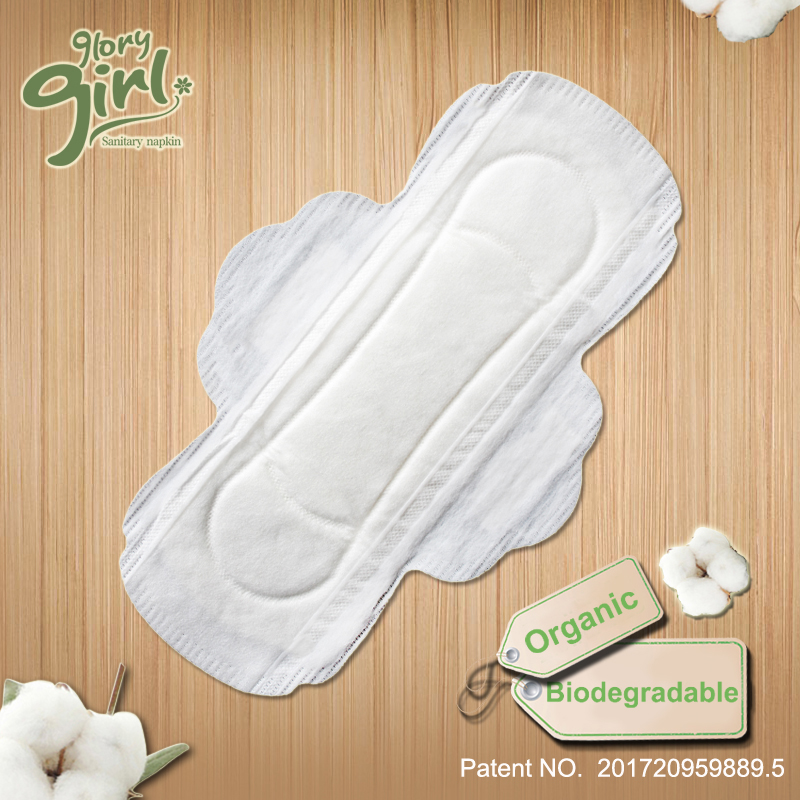UV offset printing has advantages over traditional offset printing in terms of surface texture, protection, wear resistance and production efficiency, especially for printing on non-absorbent materials such as plastic sheets, gold and silver cardboard. These advantages make those printing companies that apply UV offset printing technology stand out from the competition. However, the UV offset printing process is more complicated. How do packaging and printing companies deal with the problems in the UV offset printing process? How should packaging and printing companies intending to use UV offset printing be prepared? In response to these problems, this article is passed by Mr. Li Zhuobin, Dongguan Hucai Printing Co., Ltd., Yang Kan, manager of the production department of Beijing Colorful Printing Co., Ltd., Mr. Liu Jiyang of Chengdu Jiuxing Printing and Packaging Co., Ltd., and Mr. Wang Wei, who has been working in UV offset printing for many years, got the answers.
UV offset printing
For UV offset printing to work better, the main issues that need to be resolved are the following.
1. Design plate
The design format of the UV-printed design draft must be determined according to the work order, such as forward or reverse scanning of the film surface, the number of output lines, and the angle of the line. Some special prints have higher requirements. For example, the resolution of 3D printing is very high. The angle of the screen must be matched with the printing material to avoid hitting the screen. Transparent plastic sheets and aluminized paper often need to be printed with white ink. Impact, through the correction of the film in advance to achieve the best quality.
2. Adhesion
Due to the poor permeability of plastic sheets or gold and silver cardboard and other substrates, the ink's adsorption force is very weak, so even if UV ink is used for printing, the ink adhesion is poor and the printing quality is not high. It can be solved by surface treatment of the material.
3. Ink emulsification
UV inks have a very narrow balance of water and ink balance, which can easily cause emulsification and dirty printing, which can affect the quality of printing.
Solution: Reduce the printing speed and control the printing speed to 5000 ~ 8000 prints / hour.
4. Curing degree
In order to improve the color saturation of printed products, when UV printing is performed on the surface of substrates such as plastic sheets, the printing pressure is large, the ink layer is thick, and the dots increase seriously, which makes the ink not easy to cure. In order to guarantee the printing quality, the printing pressure cannot be adjusted very much. The solution is to first reduce the printing speed moderately, so that the UV lamp irradiation time is appropriately extended to allow the ink to cure completely; secondly, adjust the distance between the UV lamp tube and the substrate, increase the UV light irradiation intensity, and cure the ink. The effective wavelength range of UV curing is 200 ~ 400nm. The wavelength of some light sources in the printing workshop is also in this range, which will cause the surface layer of the ink to be slightly cured, so attention should be paid to the influence of ambient light on the UV ink.
5. Color sequence
The problem of UV offset color sequence arrangement is more complicated. Due to the limitation of the inking principle, the ink layer on the substrate is relatively thin. When a thicker ink layer is required, it is difficult for the printed product to achieve the desired reproduction effect. For example, in four-color overprinting, the commonly used printing color sequence is black, cyan, magenta, and yellow. Because black occupies almost all the space, cyan, magenta, and yellow have lower inking power, and the total ink amount is not enough. The color is not full.
Solution: Change the color sequence, first print the color with a smaller ink volume, and finally print the black with a larger ink volume, so that the ink volume can be maximized and the color can be fuller.
6. Printing register
UV offset printing uses UV lamp irradiation for ink curing. The main problem caused by curing is that the substrate is thermally expanded, resulting in inaccurate overprinting. This is in contradiction with UV ink curing, because ink curing requires a longer UV lamp irradiation time, while printing sleeve guidelines require a shorter UV lamp irradiation time.
Solution: UV curing is performed after the last color is printed. At this time, even if the substrate is swollen, by placing it for a period of time to reduce the temperature, the deformation of the substrate can be minimized. In special cases, the middle color group can also be irradiated with a UV lamp, but the shorter the irradiation time, the better. Or you can use cold UV technology, see "printing technology" No. 385 for details.
organic Menstrual Pad
1. Ultra thin 1mm, 320mm long enough for overnight use
2. 100% organic cotton top sheet for maximum soft and natural touch
3. Super soft & 1000 moisture exits
4. Lock the flow in ONE second,150ml of absorbency & enough long time protection for 10 hours.
5. Breathable back keeps girls always fresh and comfortable.
6. Adhesive on the back sheet keeps pad sticked to the panty firmly
7. Individually wrapped

FAQ:
What is your Min. order quality?
A: One twenty-foot container, small quality available if has stock
Your supply ability?
A: 5,000,000 piece/pieces per week Sanitary Napkins in bulk
What is your neareast port?
A: Shenzhen
What is the payment terms you accepted?
A L/C, T/T, Western union, MoneyGram
Organic Disposable Menstrual Pads,Organic Menstrual Pads Disposable,Organic Cotton Pads Menstrual,Organic Cotton Menstrual Pads
Glory Power Hygiene Products Ltd. , https://www.hygienenapkin.com